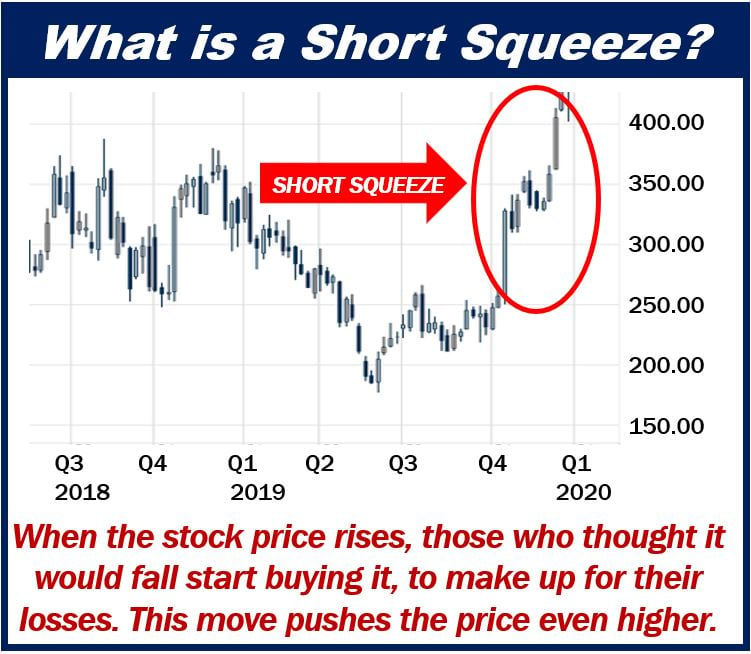

Typically, when you sell short, your brokerage firm loans you the stock. Unlike a traditional long position - when risk is limited to the amount invested - shorting a stock leaves an investor open to the possibility of unlimited losses, since a stock can theoretically keep rising indefinitely. However, if the price goes up from the original price, the investor loses money. Since the price is lower, the investor profits on the difference - in this case $20 a share (minus transaction costs such as commissions and fees). Later, Company A’s stock price declines to $40 a share, and the investor buys shares back on the open market to replace the borrowed shares. Company A is trading at $60 a share, so the investor borrows shares of Company A stock at $60 a share and immediately sells them in a short sale. Example of a short sale.įor example, an investor believes that there will be a decline in the stock price of Company A. Short selling is used for many purposes, including to profit from an expected downward price movement, to provide liquidity in response to unanticipated buyer demand, or to hedge the risk of a long position in the same security or a related security.įor more information on short sales see. If the price of the stock rises, short sellers will incur a loss. If the price of the stock drops, short sellers buy the stock at the lower price and make a profit.

Short sellers believe the price of the stock will fall, or are seeking to hedge against potential price volatility in securities that they own. What is a short sale?Ī short sale is generally the sale of a stock you do not own (or that you will borrow for delivery).


 0 kommentar(er)
0 kommentar(er)
